Denver Stop on the FME World Tour
The exuberant professionals of “Team Crocus”, lead by Co-Founder Dale Lutz from Safe Software made their annual FME World Tour journey to Denver to show off the latest improvements to their Feature Manipulation Engine (FME 2019) and offer presentations from industry professionals including guest speaker yours truly. Team Orchid was originally to have arrived, but a “bomb cyclone” intervened and the group wisely launched an “away team” from Oklahoma City. Amazingly, more than seventy-five people showed up post-cyclone to the Hilton City Center along with twenty more remote stream viewers.
Safe Software’s FME is an amazing tool every GIS professional should have in their hip pocket. It reads GIS and non-GIS data from a wide variety of sources, from shapefiles and Esri Geodatabases to Excel spreadsheets and PDFs, then converts them using an extensible set of transformers. The data can then be filtered and modified and ultimately written to any of several hundred output formats.
FME applications include validation and data cleansing operations, for example standardizing of well operator names, or well statuses. One could easily include a calculation to read an external production database and calculate gas to oil ratios to create custom well statuses, for example. One can also inspect the data at each step. We use this technology in WhiteStar Cloud to merge data together from multiple sources and output the “gold version” in the customer’s desired output format.
From my perspective, the ability to cache the data during processing and not have to re-run the entire workspace is a key improvement that gets you away from Groundhog Day. I am used to running jobs that can take hours to days. Having to re-run a workspace that mostly worked while debugging was very frustrating.
Functionality like massive polygon dissolves have greatly improved, like on the order of from hours to a few minutes for big polygon jobs. This is a huge win for WhiteStar as we deal with huge numbers of polygons all the time. FME Server is increasingly more sophisticated with its ability to act on triggers (a new file shows up in a directory, for example) and then some action can be taken like final processing steps or sending out an email.
I presented three business cases at the FME World Tour. The first was successfully converting PDF to lease polygons in New Mexico, the second was on how to find forestry partners in a county in Washington State meeting certain qualification criteria, and finally how to geo-enable a spreadsheet of gold mine locations in New Mexico.
The end of the day did not disappoint and was devoted to some fantastical (and experimental) technology involving machine learning, recognition, and geo-locating of features such as stop signs, people, - even cats. Safe’s Mr. Incredible Dmitri Bagh put together a slick augmented reality video of virtual decorations for a virtual room that could be viewed superimposed on real world imagery of Safe’s new office space. A solid model of the Vancouver topography was also displayed on a countertop - reminiscent of the Death Star holographic scene in the first Star Wars movie. These technologies are going to be important and compelling applications in the years to come.
